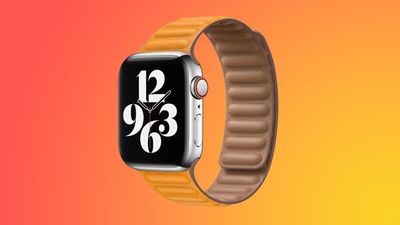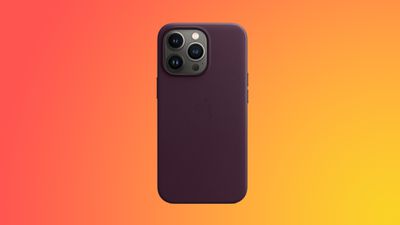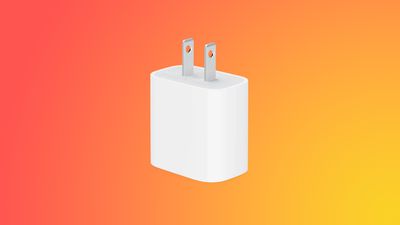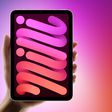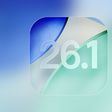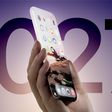Amazon today has new deals on cases for the iPhone and iPad, including Magic Keyboard cases for the iPad Pro and 10.9-inch iPad. You can also get solid markdowns on clear, silicone, and leather cases for the iPhone 14 family of smartphones.
iPad Keyboards
Starting with the 11-inch iPad Pro Magic Keyboard, Amazon has this accessory for $229.00 in Black, down from $299.00. This is a second-best price on the 11-inch Magic Keyboard, and only Amazon has this price.
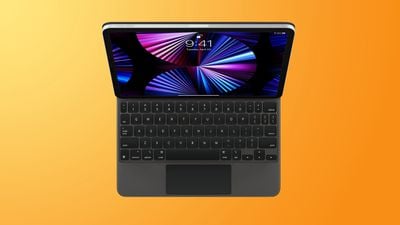 Note: MacRumors is an affiliate partner with Amazon. When you click a link and make a purchase, we may receive a small payment, which helps us keep the site running.
Note: MacRumors is an affiliate partner with Amazon. When you click a link and make a purchase, we may receive a small payment, which helps us keep the site running.
Additionally, the 12.9-inch iPad Pro Magic Keyboard is on sale for $299.99 on Amazon, down from $349.00. This is another second-best price for the Magic Keyboard, and for the 12.9-inch size only White is available.
Lastly, the 10.9-inch iPad Magic Keyboard Folio is down to $229.00, from its original price of $249.00. This accessory launched in 2022 alongside the new iPad, so we haven't seen as many discounts yet. Amazon's sale today is an all-time low price on the folio.
iPhone Cases
Other than iPad keyboard cases, Amazon also has a notable sale on nearly every official Apple case for the iPhone 14 and iPhone 14 Pro lineup. You'll find up to 25 percent off Clear, Silicone, and Leather cases on Amazon, all of which we've collected below. These include some of the lowest prices we've ever tracked on these accessories.
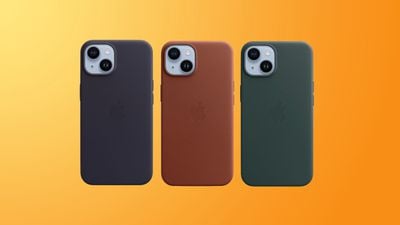
iPhone 14
- Clear Case - $39.99, down from $49.00
- Silicone Case - $34.95, down from $49.00
- Leather Case - $40.54, down from $59.00
iPhone 14 Plus
- Clear Case - $39.20, down from $49.00
- Silicone Case - $31.58, down from $49.00
- Leather Case - $27.86, down from $59.00
iPhone 14 Pro
- Clear Case - $43.04, down from $49.00
- Silicone Case - $39.99, down from $49.00
iPhone 14 Pro Max
- Clear Case - $39.99, down from $49.00
- Silicone Case - $39.99, down from $49.00
Keep up with all of this week's best discounts on Apple products and related accessories in our dedicated Apple Deals roundup.


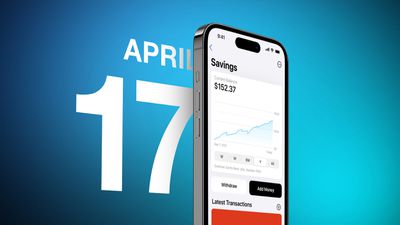
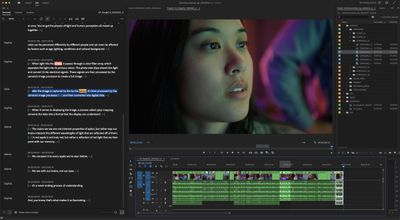
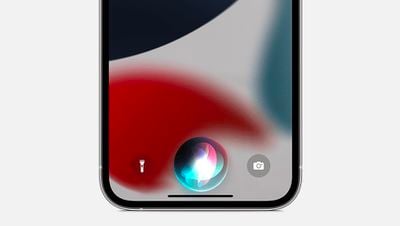

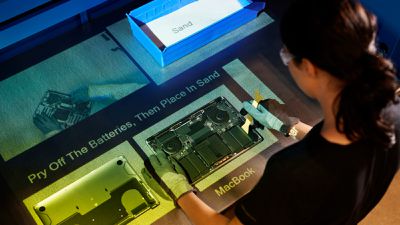

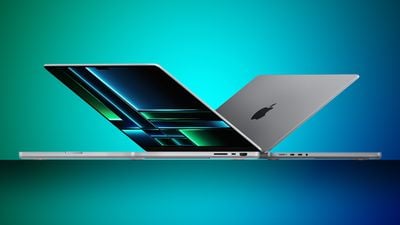

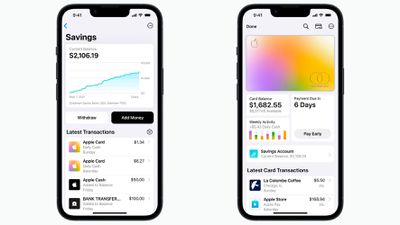
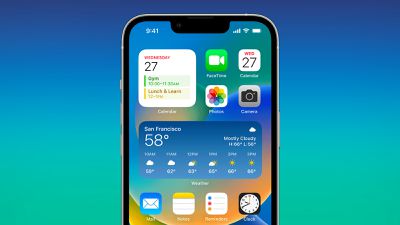
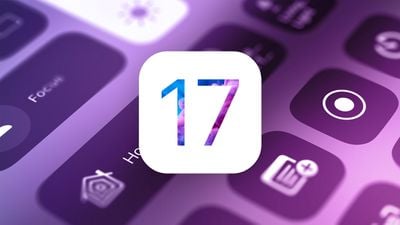
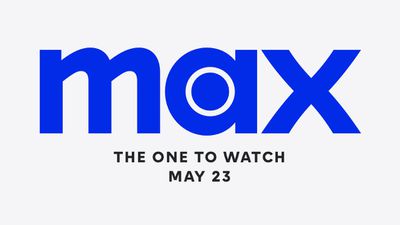
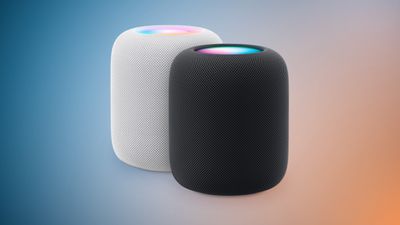

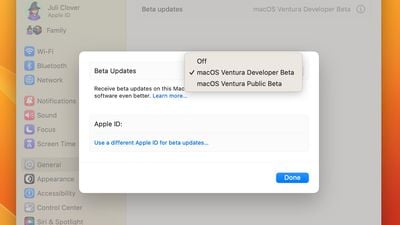
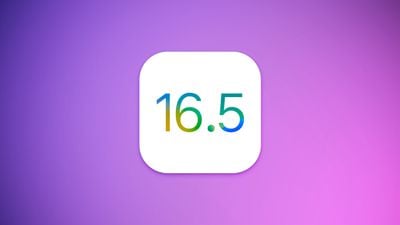
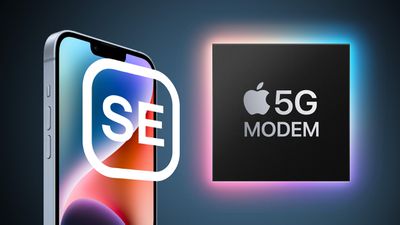

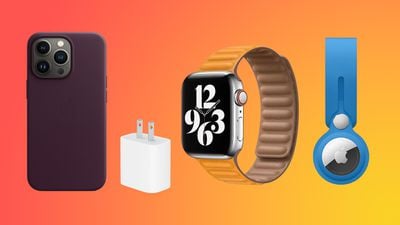 Note: MacRumors is an affiliate partner with Woot. When you click a link and make a purchase, we may receive a small payment, which helps us keep the site running.
Note: MacRumors is an affiliate partner with Woot. When you click a link and make a purchase, we may receive a small payment, which helps us keep the site running.
